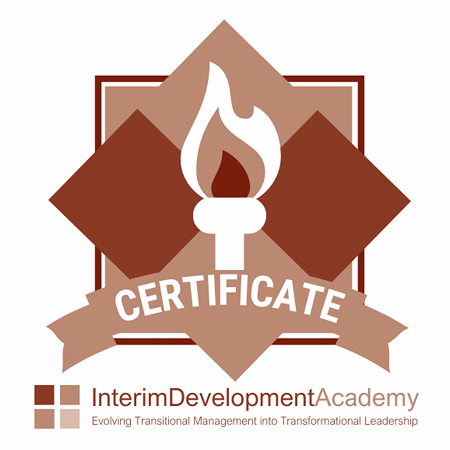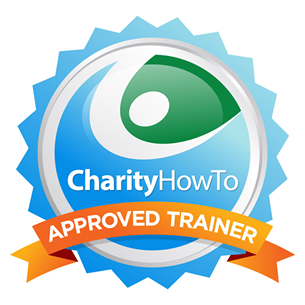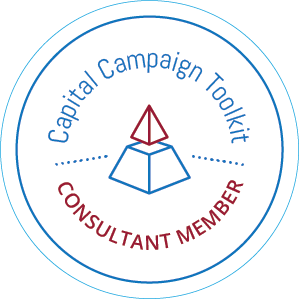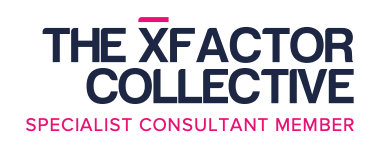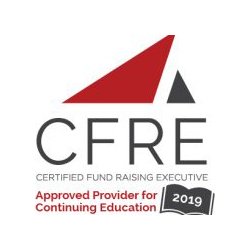Development Consulting Solutions is announcing NEW interim and project-based service offerings:
Who is “DCS”?
There are limited Certified Fund-Raising Executives (CFRE) providing outsourced fund development services and serving as interim fund development staffing. What most organizations need is someone who can do the work for them!
“DCS” recognizes this need and has provided this service to a variety of small to mid-sized nonprofits  throughout the New England region. Some of these nonprofits have included Malta House of Norwalk, CT, Friends of Buttonwood Park of New Bedford, MA, and United Methodist Elder Care of East Providence, RI.
throughout the New England region. Some of these nonprofits have included Malta House of Norwalk, CT, Friends of Buttonwood Park of New Bedford, MA, and United Methodist Elder Care of East Providence, RI.
“DCS’s mission”
“DCS” does not engage with everyone! We have a rigorous eligibility requirement and screening process and only work with four select clients at a time.
What are our requirements? We only work with small to mid-sized organizations that are ready, receptive, and willing to take their development program to the next level through outsourced assistance. These organizations have an engaged Board of Directors, an open-minded and willing staff, and leadership ready to support the organization.
We only work with organizations that are willing to invest in their development function, value established service costs, heed professional advice, and strategy, and act respectfully in the client and consultant relationship.
By selecting those clients most ready to embark on taking their organization to the next level, “DCS” provides you with the tools and staffing to raise more money in support of mission!
Why “DCS?”
- To provide outsourced development expertise to organizations that do not want to hire someone in-house.
- To assist busy executive directors with taking a few things off their plates.
- To reassure donors during a transition or vacancy in your development office that your fundraising efforts will continue
- If time is needed to do a search for a permanent development director, and you do not want to be rushed to make a selection
- When you are seeking a new executive director and you want to be sure that this leader has an opportunity to select the permanent development director
- Because as interim development director, I can have more candid conversations with the executive director, board, and other leaders about why there are problems with keeping development staff or staff is underperforming
- When your organization has never had a development director and needs an experienced professional with a proven track record to start up the development office and pave the way for a more junior development officer to be successful.
Here is what “DCS” can do for you:
- Assess current fundraising activities and make recommendations to improve strategy
- Improve your fundraising efforts
- Model what a good development officer does
- Enhance systems and processes within the development office
- Troubleshoot development problems
- Coach the Executive Director and Board in fundraising to boost confidence and skill
- Help with the hire of a permanent development director
“DCS” helps with:
- Major Gifts
- Direct Mail Appeals
- Development print publications – your newsletter, annual report, brochures, etc.
- E-Appeals and E-Newsletters
- Grants
- Cultivation and Stewardship Events
- Special Events
- Capital Campaigns
For “DCS” pricing, please check out our menu of packages here!


 development program in the past. However, working on these smaller campaigns can also be very satisfying because I can help them use this campaign to begin to develop these efforts. I take those campaigns that a lot of other consultants won’t touch! Many while not having a sustainable donor base to build from, often needs a campaign without doing the preliminary feasibility study. They need the money, and the campaign must go on.
development program in the past. However, working on these smaller campaigns can also be very satisfying because I can help them use this campaign to begin to develop these efforts. I take those campaigns that a lot of other consultants won’t touch! Many while not having a sustainable donor base to build from, often needs a campaign without doing the preliminary feasibility study. They need the money, and the campaign must go on. hen there were resident consultants who upped and moved to different parts of the country to live and work at a nonprofit and become immersed in their community.
hen there were resident consultants who upped and moved to different parts of the country to live and work at a nonprofit and become immersed in their community. whatever you call it in your office as a good reminder.
whatever you call it in your office as a good reminder.


 governance just by mear fact of the topics, the order of the items, and those responsible for reporting.
governance just by mear fact of the topics, the order of the items, and those responsible for reporting.

